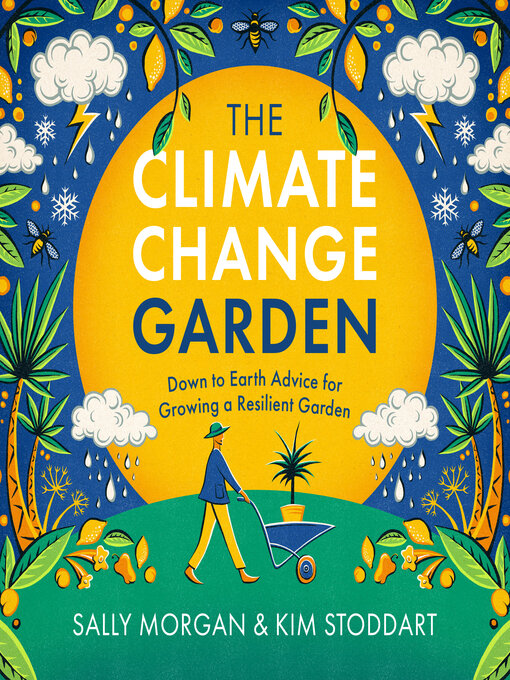In this global gardener's guide to creating a resilient, climate-wise garden, learn how to adapt your garden to cope with volatile weather extremes and other effects of a rapidly changing climate.
It's no longer gardening as usual. Heat waves, droughts, flooding, violent storms...the long-predicted extremes of weather caused by climate change are now on our doorstep, and gardeners around the world are feeling the effects. Certain pests are staying active until much later in the season, many plants are blooming earlier, soils are eroding and degrading at a rapid pace, unpredictable rainfall is water-logging our gardens, and fiercer storms are uprooting trees and snapping branches. Not to mention the effects of prolonged drought in many parts of the world and the water rationing that comes with it. What's a gardener to do?
We need to learn how to protect the garden against climate extremes, exotic pests, invasive weeds, and more. The Climate Change Garden is the first book to reveal which types of gardens are better suited to deal with such extremes and which techniques, practices, and equipment can be put to good use in our gardens to help temper the issues. There's no getting away from it; no matter where on the planet you live, the climate and weather patterns are changing fast, and our gardening practices need to catch up.
With the aim of building a more durable, robust, and productive garden beneath the shadow of climate change, you'll learn how to:
The Climate Change Garden is about working with the natural world to create a productive, low-maintenance, climate-savvy garden that's capable of standing strong against the effects of a changing climate.

